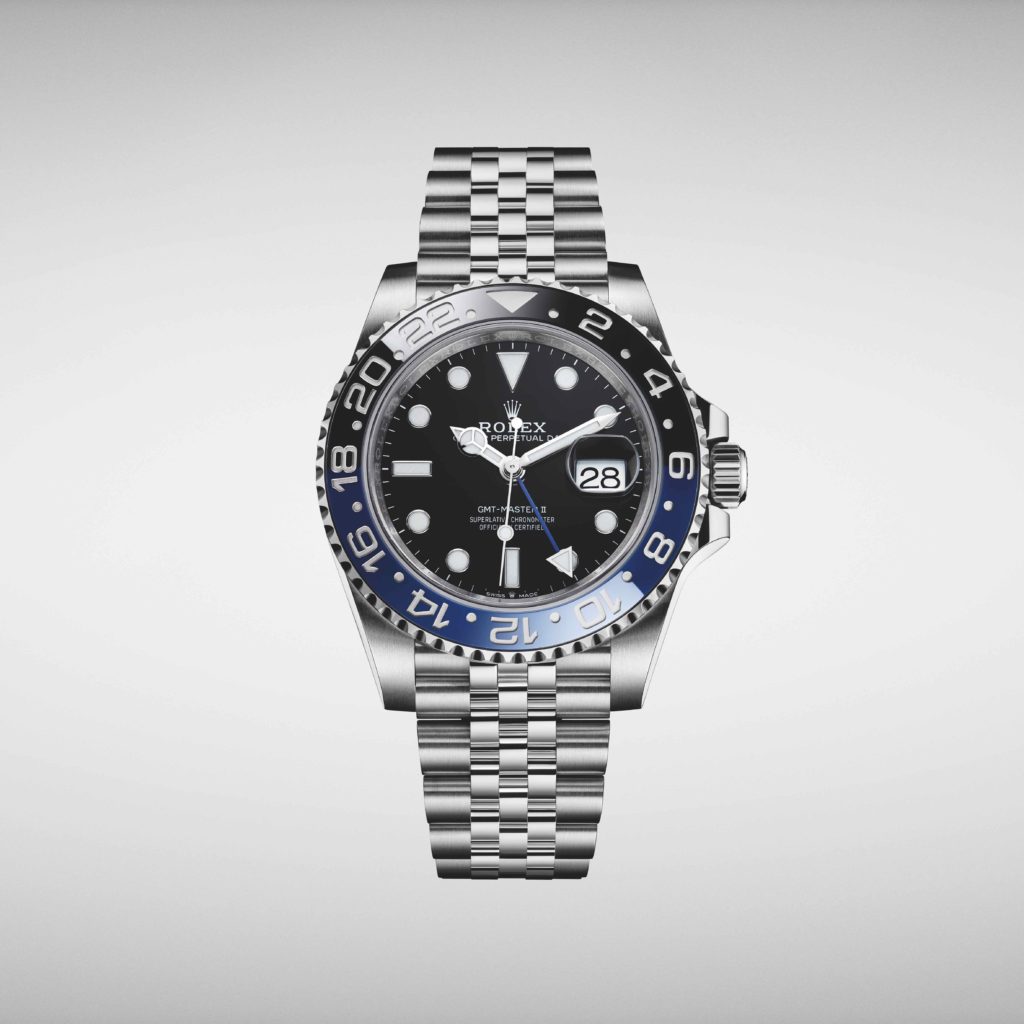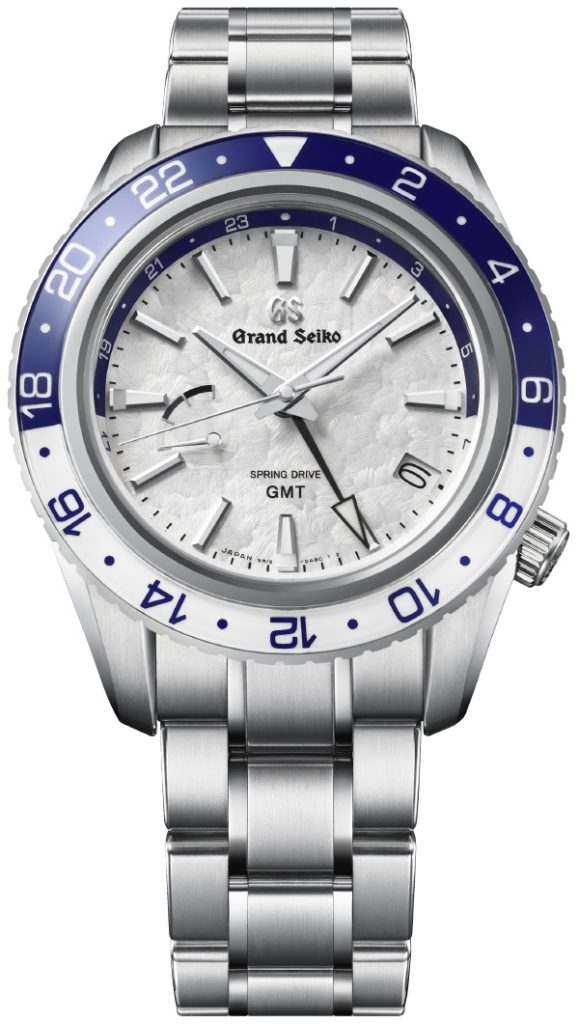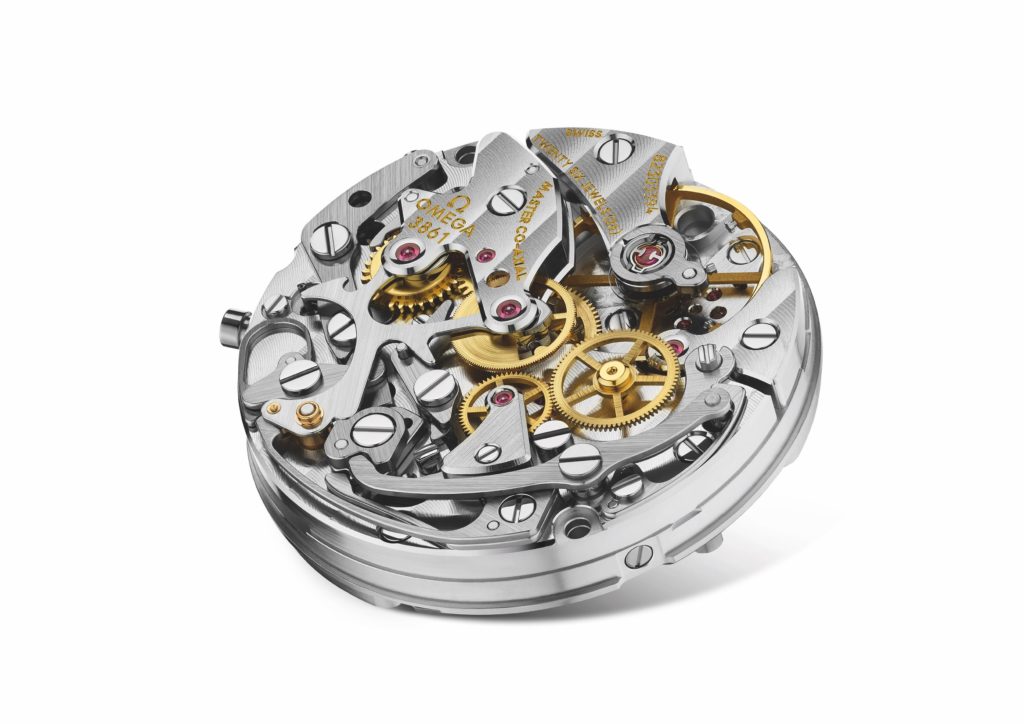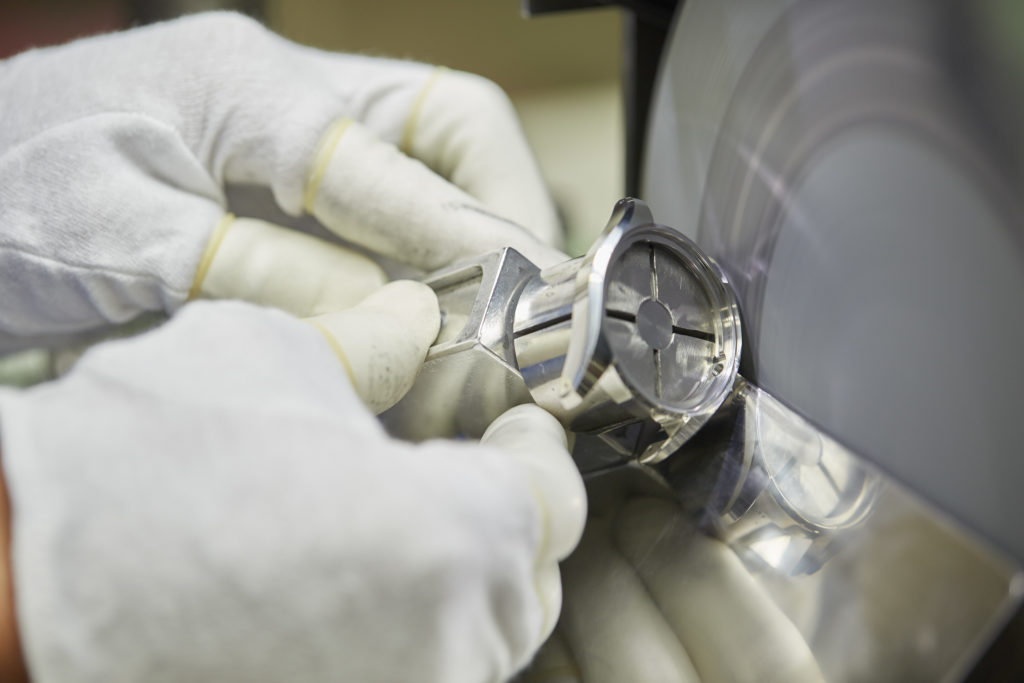A watch made in Switzerland, the land of Alpine horns, cheese and chocolate versus one made in Japan, the land of the Rising Sun. What are the differences? And is one better than the other?
Text: Thomas van Straaten
'Swiss made' is for many people a predicate for high-quality watches. Even non-Swiss brands prefer to have their watches manufactured in the beautiful Alpine country to print those two important words on the dial. Still, many Dutch people wear Japanese watches. Seiko and Citizen are extremely successful in the lower segments, but also manage to attract serious enthusiasts and connoisseurs with high-end models. And why not? The history, engineering and craftsmanship are in great abundance.

The question that then follows is: so what are the differences between Swiss and Japanese watches? What distinguishes a Grand Seiko Or Citizen from a Rolex or Omega? Are we dealing with a substantially different philosophy and approach? Or are the similarities greater than the differences?
At home in all markets
The two largest Japanese houses, Seiko and Citizen, are absolutely distinctive in their product offerings, compared to most Swiss brands. Both brands serve practically all segments, from around a hundred euros to exotic haute horlogerie in diamond-clad precious metals. So you could safely say they are at home in all markets.
Not only is this enormously clever from a business, technical and logistical point of view, it is also an Achilles heel in terms of brand perception. After all, how do you entice an enthusiast to lay down €10,000 for a watch bearing the same name as the one his neighbour paid €99 for? You don't need to have studied marketing to understand that this is a tough job.

Grand Seiko and Citizen are therefore sometimes criticised for this. At the same time, for some it is precisely part of the appeal. After all, it is a bit more stealth-wealth than watches from brands known for their complete commitment to high-end models.
You can see Japanese houses searching for the right solution. For instance, Seiko is slowly moving its entire range to a higher segment. Grand Seiko watches now only have a 'GS' and 'Grand Seiko' designation on the dial, instead of a big 'Seiko' at 12 o'clock and a small 'Grand Seiko' at six. And the top of the range is positioned completely separately from the rest of the collections under the name 'Credor'.
Vertical integration
Another point where the two largest Japanese houses differ from most Swiss ones is in vertical integration. That is, the extent to which the brand does everything 'in-house'.
In the Swiss watch world, it was long customary to use separate, specialised suppliers of different parts. For example, a dial from Singer, movement from Lemania and strap from Gay Frères, joined together in their own factory. As the emphasis became more on luxury and craftsmanship, vertical integration took place, often by buying up suppliers. Rolex, for example, was in the process of incorporating its suppliers well into the 21st century. Today, therefore, the brand is considered fully ''in house' considered, but for the majority of her days it was not.
Still today, most Swiss watches tick a so-called 'ebauche' movement. In proper Dutch: a movement produced by an external supplier, possibly adapted to its own specifications and/or decorated. Also, even in high-end watches, you often see generic parts such as the inner workings of strap clasps popping up.

Nothing wrong with that, of course, but Seiko and Citizen do things differently. They have historically always been much more integrated. Something that is also only possible because of the enormous scale on which they produce. And that scale, in turn, comes from the much broader product range. A business philosophy that is clearly different.
Functional versus elegant
When diving into technology, we have to do some violence to the nuanced reality to outline the difference between Japanese and Swiss timepieces. Generalising, we can say that Japanese timepieces are more focused on functionality, where Swiss timepieces put a bit more emphasis on craftsmanship.
This can be traced back to the earlier points around a broad product portfolio and vertical integration. Japanese brands tend to be particularly efficient in production. In the lower segments, more of the production is automated and robotised, resulting in extreme consistency in quality. Basically, the timepieces are often simpler and more focused on durability and function, rather than beauty and elegance.

Consequently, a Swiss timepiece is often outwardly more beautiful. You see this in finer finishes, but also in a more open construction and richer decoration. Japanese watches from the lower segments often look more closed and 'brutalist' in style.
You can see signs of this in the higher end too. For example, take a look at a Grand Seiko 9S64 hand-winding calibre. Although particularly beautifully finished and decorated, almost the entire movement is covered by a large platinum. This is more reminiscent of the more direct Teutonic style of watches from Glashutte than the often more openworked high-end Swiss hand winders. It is the subtle differences that characterise larger mutual differences in philosophy.
Finish
While the technical solution tends to be a bit more focused on simplicity, the Japanese often trump their Swiss competitors on finish. Grand Seiko, for instance, is famous for its Zaratsu polishing, which is often superior to similarly priced Swiss watches. Incidentally, the term 'Zaratsu' derives from 'Sallatz', nota bene a German manufacturer of polishing machines. So although the Japanese have taken techniques to new heights, we are not talking about something fundamentally Japanese.

Innovation versus tradition
The major global breakthrough of the Japanese watch industry came with the introduction of battery-powered quartz watches. A radical innovation that turned the market on its head. That innovative attitude is characteristic of Japanese houses. They seem a bit more eager for renewal and innovation than their Swiss counterparts, who can generally be considered quite conservative.
Citizen, for example, introduced eco-drive technology as early as 1976, powering a quartz watch via a solar cell in the dial. It is still a distinctive technology of the brand.
At the higher end, Grand Seiko did something similar by introducing the Spring drive, a movement technology that merges key advantages of electronic and mechanical timekeeping.
Same but different
Today, you can find both Swiss and Japanese watches in almost every segment. It is impossible to argue that one is structurally better than the other. And why would you want to? Overwhelmingly, the many major and minor differences in approach result in palpably different products. And of course there are countless exceptions and atypical examples to all of the above.
The result of the differences in philosophy is that, as enthusiasts, we have something to choose from. And that makes our shared passion all the better. So if at all possible, make sure to have both Swiss and Japanese metal in your collection!



